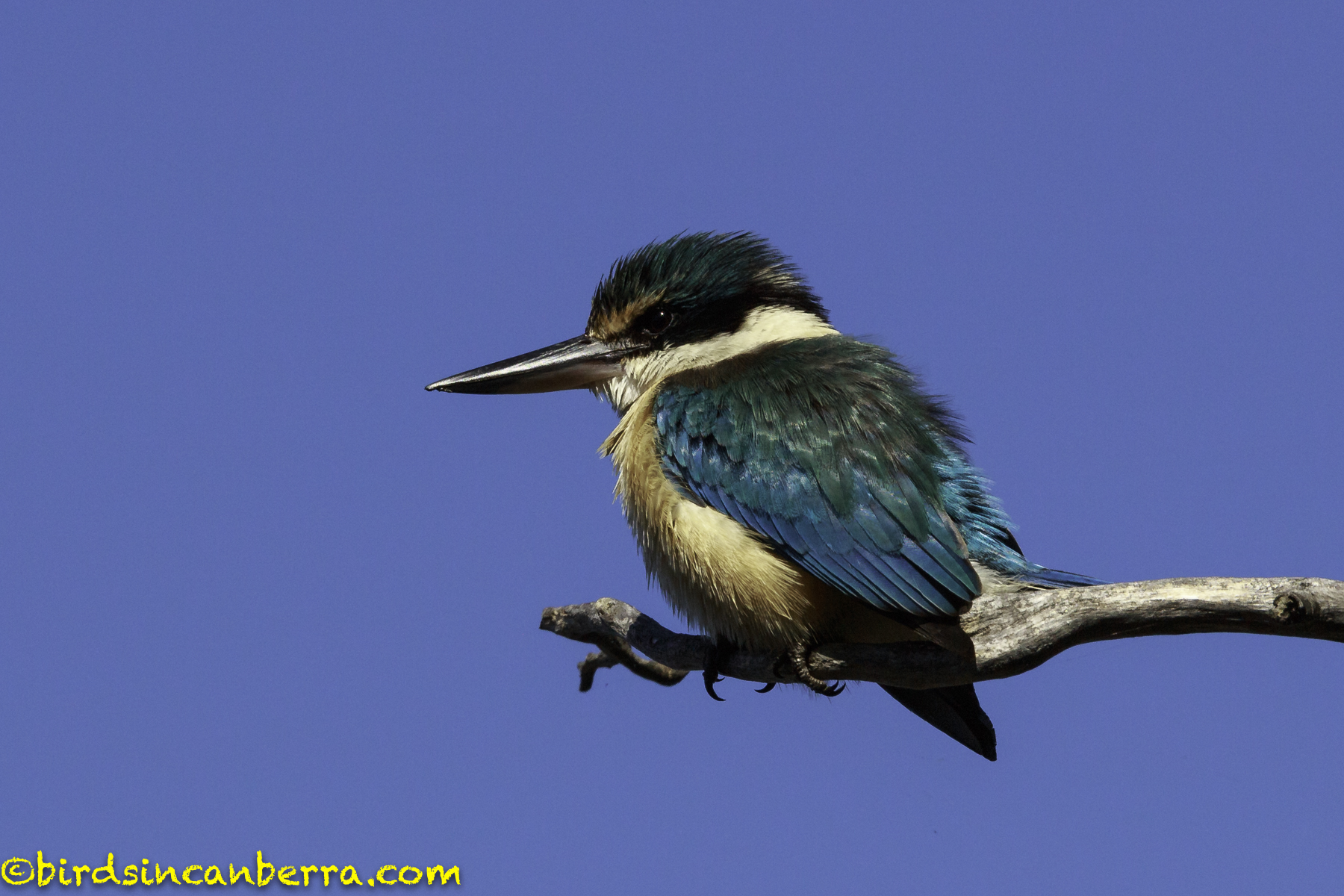One fine morning in Narooma I decided to head out to photograph. It was the first time in a while that I had been able to get out with a camera. I didn’t have much time so I was not planning to go far. I decided to head straight for the tiny Lewis Island that sat just west of the road bridge over Wagonga Inlet. In approaching the foot-bridge to Lewis Island I saw a lone Pied Oystercatcher standing on one leg atop the white, wooden rail along the footbridge. To me, not only did the rail provided a firm base to rest my camera it also created an obvious leading line guiding the eye to the oystercatcher. I advanced slowly across the bridge, periodically stopping to take some shots, knowing that at some stage the oystercatcher would flee from me. It did not take long for the bird to decide I was too close. First its folded leg came down, then it took a few steps along the railing before it flapped its wings to fly a few metres to the sand on the island. I felt bad for disturbing the bird but glad it had not flown too far.
Read MorePied Oystercatcher on a fence rail
(Canon EOS 6D Mk II with a Canon EF100-400mm f4.5-5.6L IS II USM [ISO 320, 400mm, f/8.0 and 1/500 SEC])

